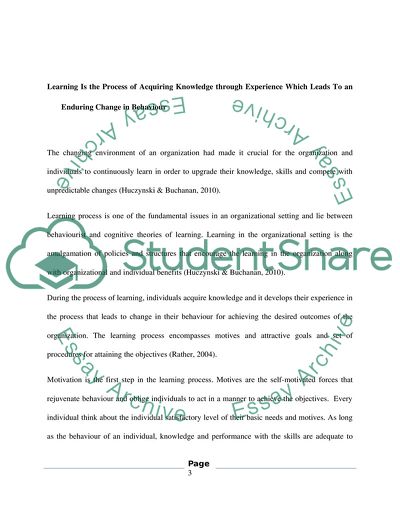Cite this document
(Personal Development and Careers, Learning as the Process of Acquiring Assignment - 4, n.d.)
Personal Development and Careers, Learning as the Process of Acquiring Assignment - 4. Retrieved from https://studentshare.org/education/1751272-personal-development-and-careers
Personal Development and Careers, Learning as the Process of Acquiring Assignment - 4. Retrieved from https://studentshare.org/education/1751272-personal-development-and-careers
(Personal Development and Careers, Learning As the Process of Acquiring Assignment - 4)
Personal Development and Careers, Learning As the Process of Acquiring Assignment - 4. https://studentshare.org/education/1751272-personal-development-and-careers.
Personal Development and Careers, Learning As the Process of Acquiring Assignment - 4. https://studentshare.org/education/1751272-personal-development-and-careers.
“Personal Development and Careers, Learning As the Process of Acquiring Assignment - 4”, n.d. https://studentshare.org/education/1751272-personal-development-and-careers.


